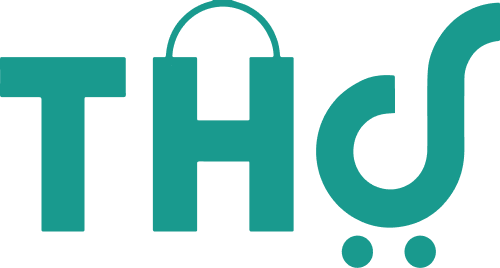The pinnacle of digital health advancements has been in the field of cardiovascular diseases (CVD). The effectiveness of digital health treatments in reducing the risk of CVD is established with a systematic review and meta-analysis of 51 publications evaluating their impact on the condition. The 10-year risk percentages in the six studies likewise saw a considerable improvement.
According to a recent meta-analysis of individual patient data, text messaging services had a direct impact on body mass index and blood pressure.
All studies were found to be cost-effective in a systematic analysis of 14 articles evaluating the cost-effectiveness of digital health treatments for CVD. By encouraging lifestyle change and adherence to healthy behaviors, early diagnosis, tailored management/supportive care, and clinical decision assistance, digital technologies present considerable prospects for CVD prevention. Considering the significance of technologies for the prevention and treatment of CVD, this article is focused on recent developments in digital health for CVD.
1. A WhatsApp-based mobile health tele imaging platform
Recent studies have shown how to combine WhatsApp and a client-server architecture to employ mHealth as a tele-imaging platform in cardiology. Five dynamic photos were used in a clinical setting to evaluate the WhatsApp system under controlled conditions. Five interventional radiology professionals examined the system, giving it excellent marks for use, utility, as well as speed and average marks for picture quality and technology. This sharing of cardiology images via WhatsApp has the potential to be helpful in the practice of telemedicine in the future.
2. A consideration with AI in cardiology using smartphones:
Cardiology can benefit from a number of AI-based tools, such as automated image interpretation, data extraction and quality control, and clinical risk prediction. The applications of AI in cardiology and its future scope has resulted in a high desire among the investors to invest in AI in several fields of cardiology. However, cardiologists have a strong belief that ethical concerns are hindering the diffusion of AI and we must reach a common ground where AI can be used to its full potential. With more development and testing, AI’s application in cardiology may become standard procedure.
3. Atrial fibrillation (AF) screening stations with self-service:
Atrial fibrillation (AF) is one of the most frequent causes of ischemic stroke, which results in early mortality and disability. The majority of stroke occurrences could be avoided with early AF identification and treatment. There may be a need for large volumes of monitored data to find clinically significant AF. The idea of opportunistic AF screening and detection in a community environment employing the most recent affordable digital ECG capture and interpretation methods combined into simple-to-use “self-service health check-up stations” is introduced by Boulos and Haywood in a review paper. Although more research is required to show the efficiency and cost-effectiveness of these check-up stations for AF detection, it is undeniable that this will become the trend for the foreseeable future.
4. A clinical decision support system (CDSS) for non-communicable diseases (NCDs):
The highest prevalence and mortality rates of NCDs, including CVDs, are seen in LMICs. Lack of qualified practitioners, a skilled workforce, improper referral, and inadequate health infrastructures are all problems for NCD programmes in LMICs. It has been established that task shifting by Community Health Workers (CHWs) is an effective strategy for treating various medical disorders. These issues can be practically resolved with digital health.
Conclusion:
Numerous studies have shown how text messaging, AI, and decision tools like CDSS can all be used to improve the management of CVD. Examples of these tools include WhatsApp and SMS messaging.
With Digital Platforms like Total Health Solutions, Digital health is no longer a dream but a present reality. CVD Management with Digital platforms is the next step to the future of the Healthcare Industry.

